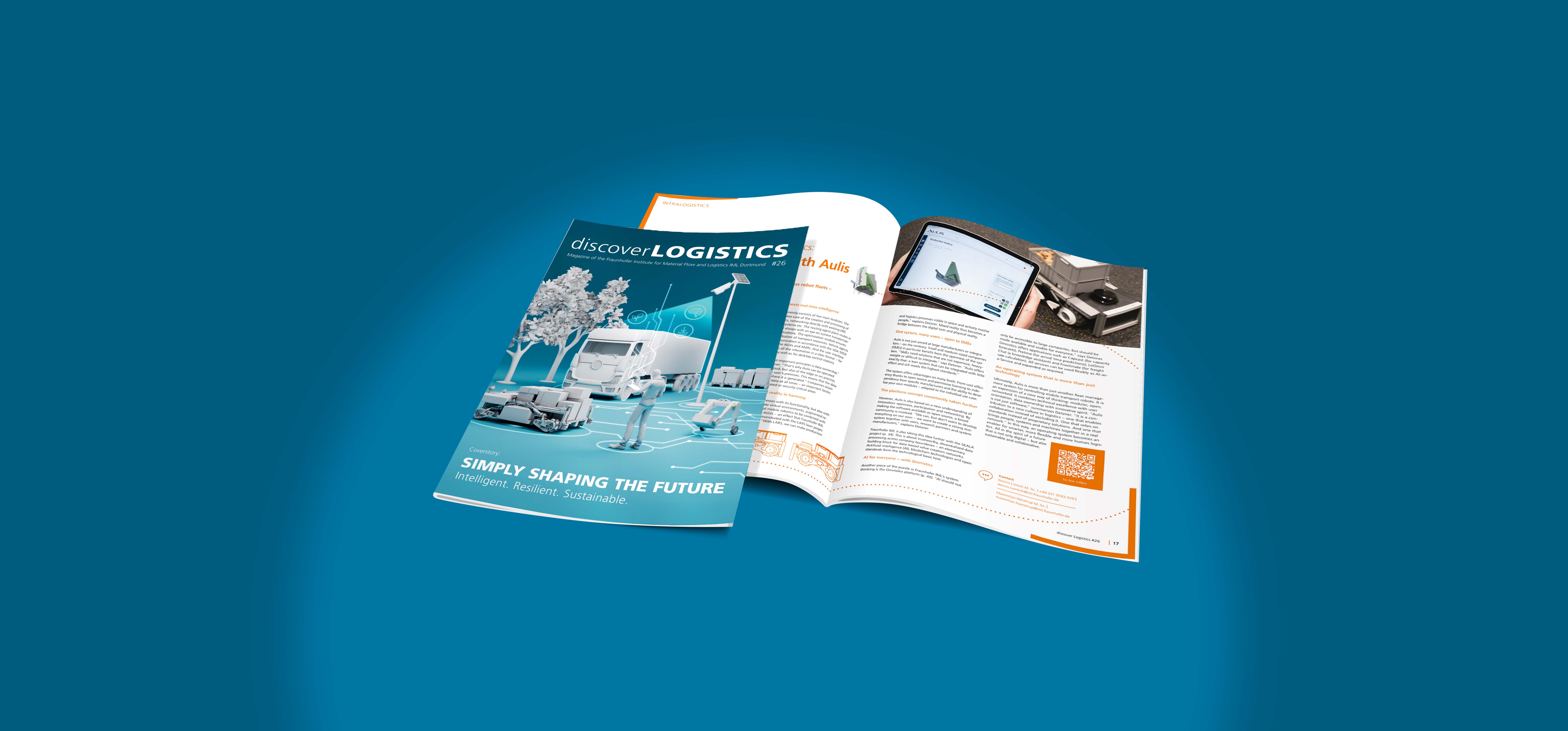Plan logistics – guarantee mobility – design the future
Logistics consulting by specialists: Fraunhofer Institute for Material Flow and Logistics advises companies of all industries and sizes in all questions about material flow and logistics. For our customers we offer widespread services:
As consultants we support in fulfilling new tasks and meeting requirements, as researchers we work out new solutions together with our customers, as planners we help to optimize the internal and external logistics and as developers we realize solutions in soft- and hardware. In the process, Fraunhofer IML focuses on company-specific, made-to-measure solutions and accompanies its customers from planning to implementation.
 Fraunhofer Institute for Material Flow and Logistics IML
Fraunhofer Institute for Material Flow and Logistics IML



